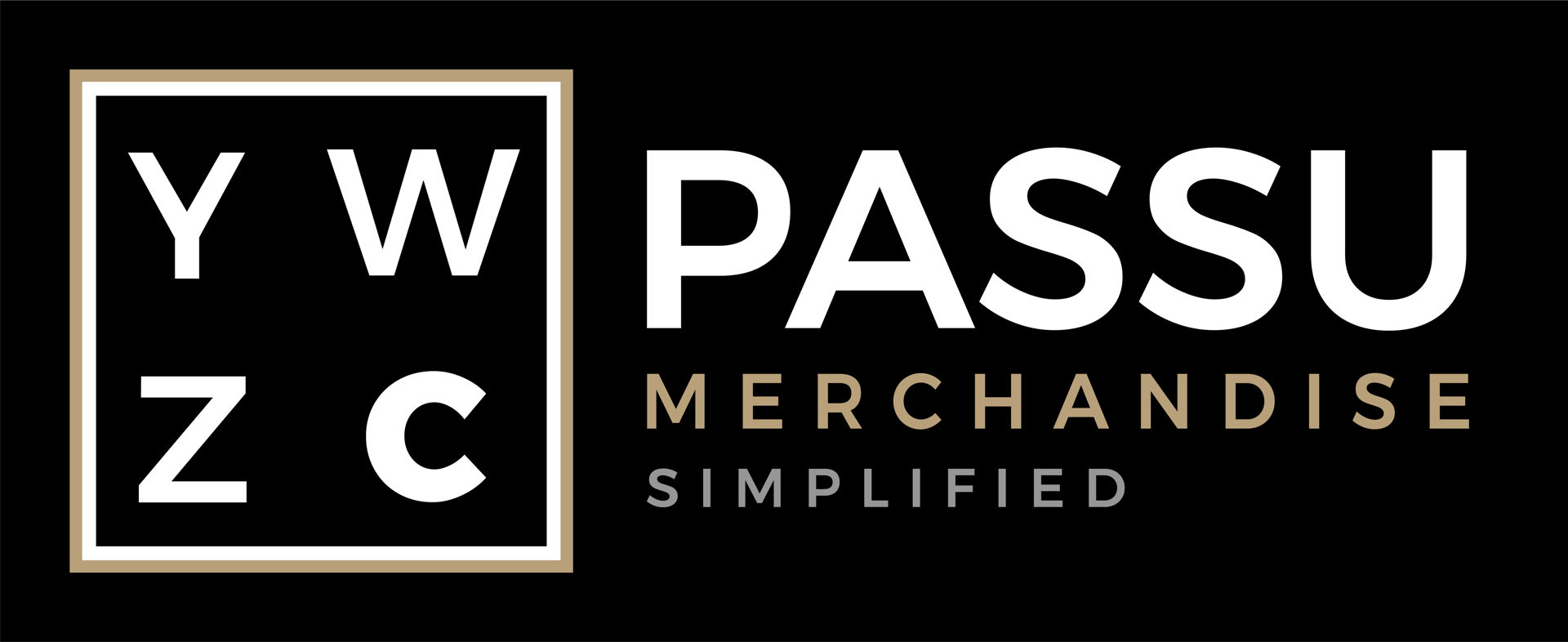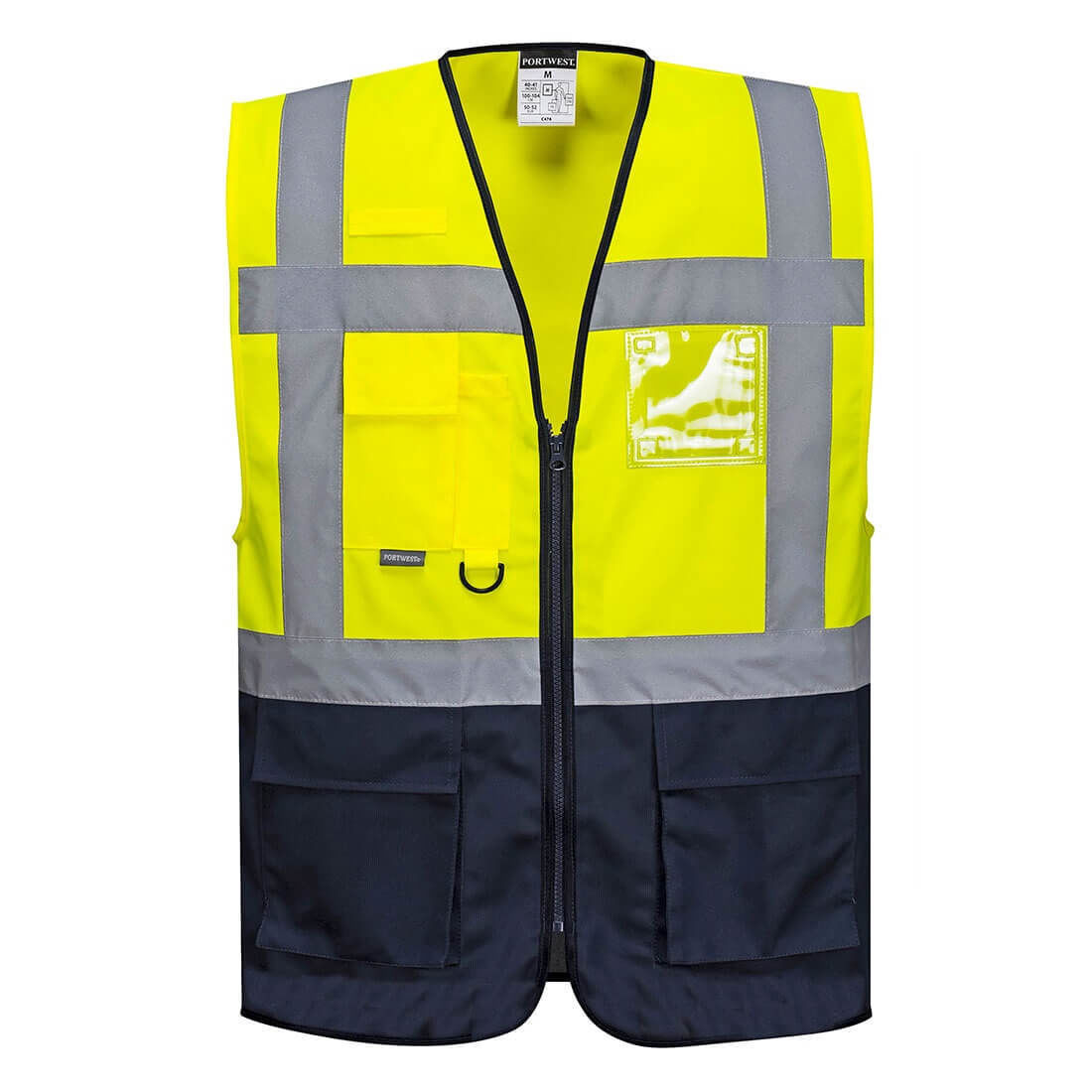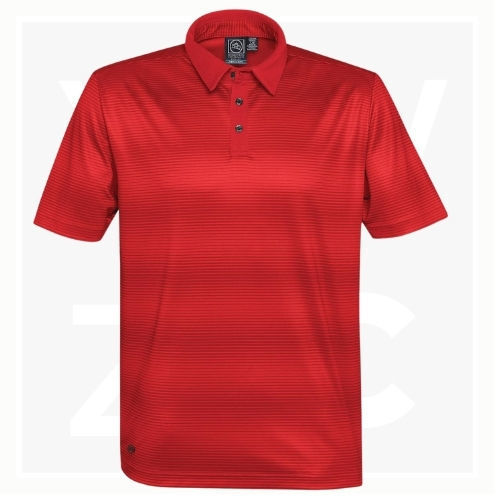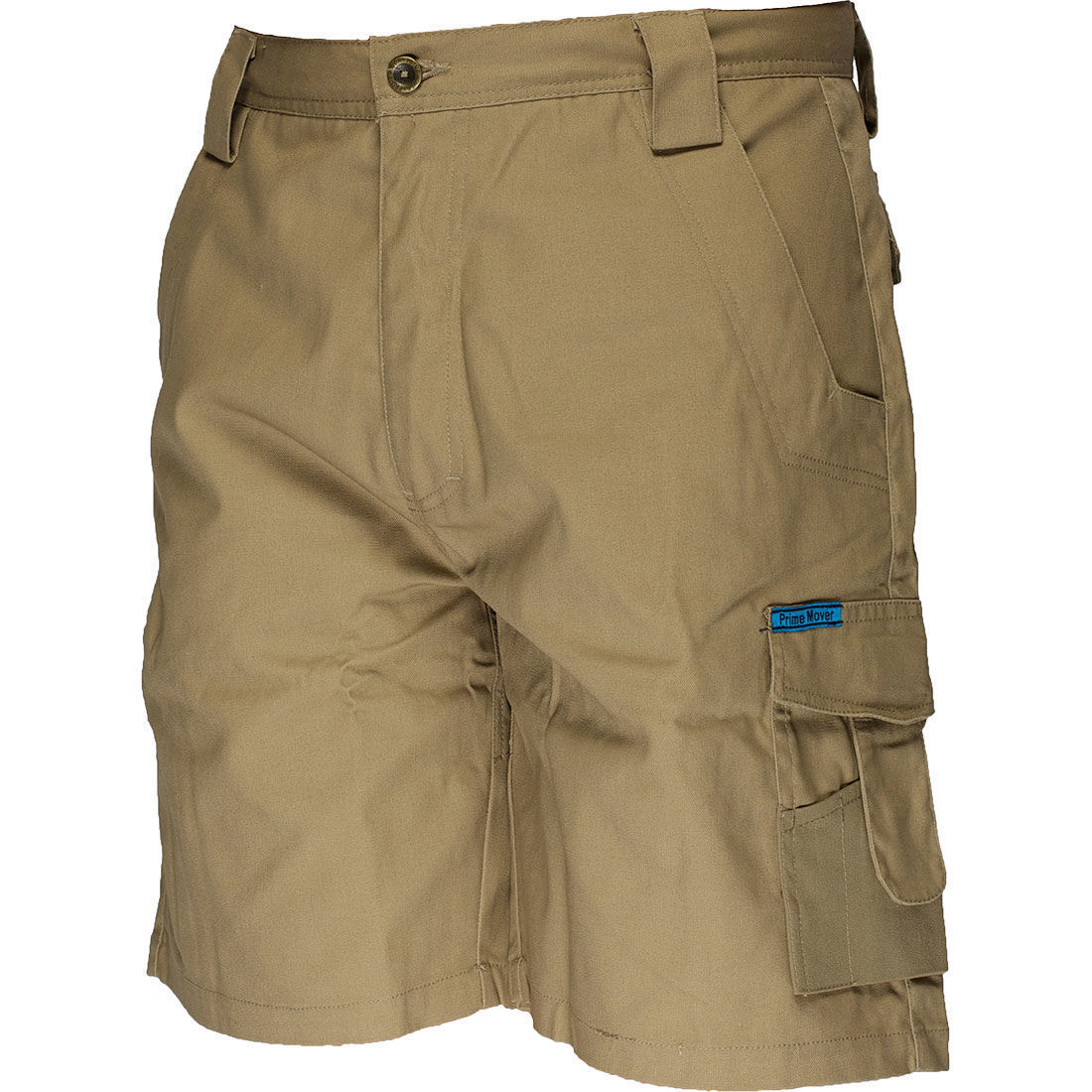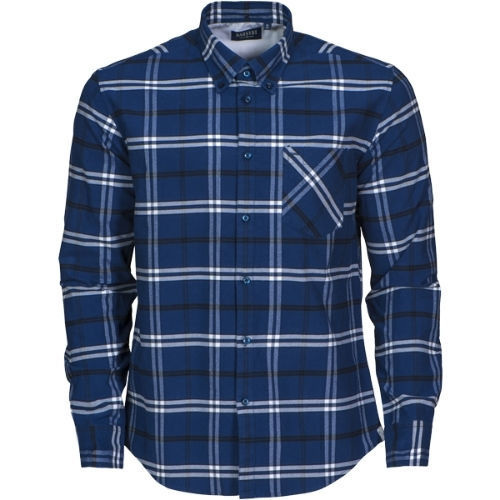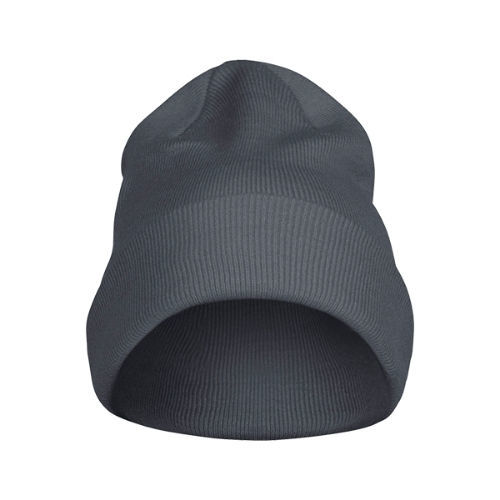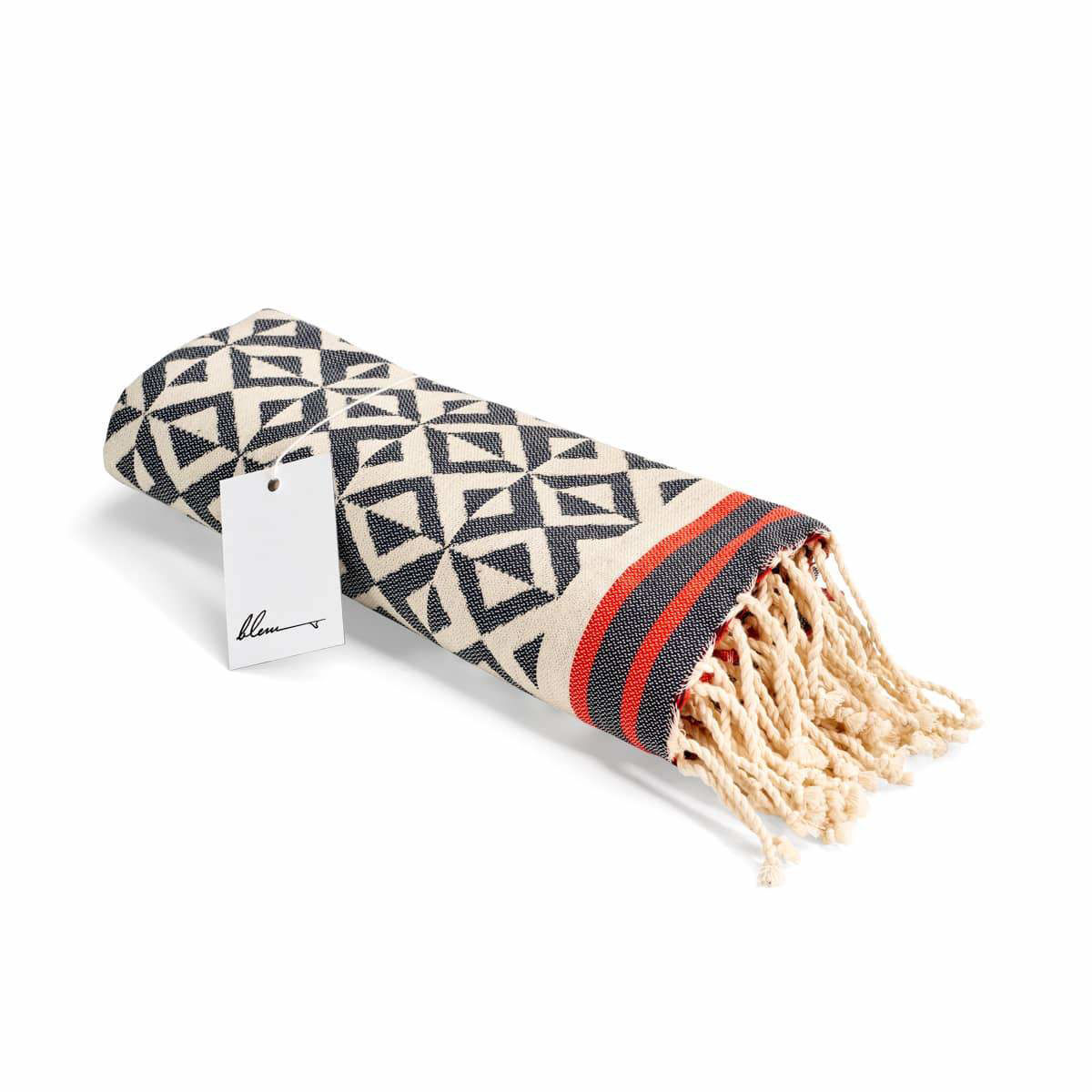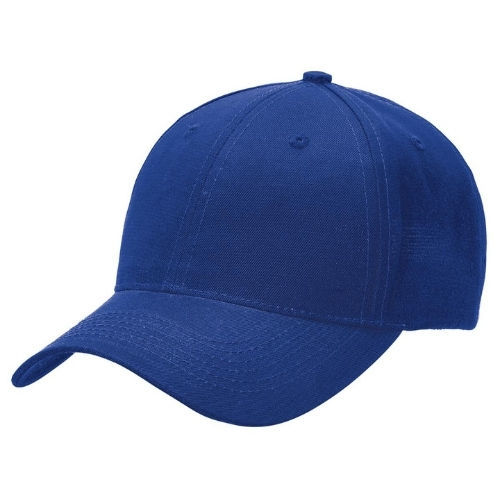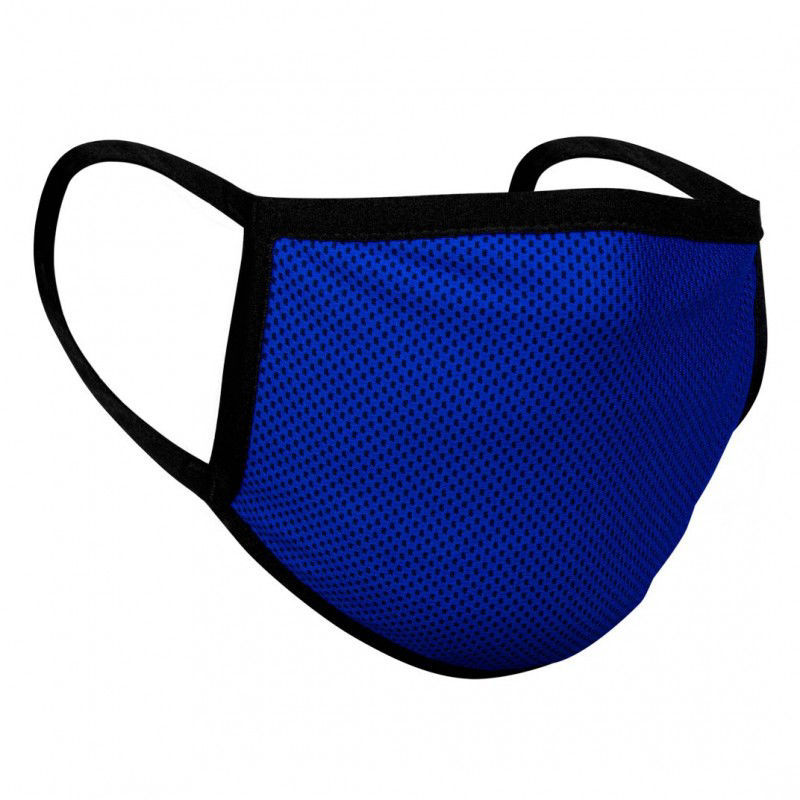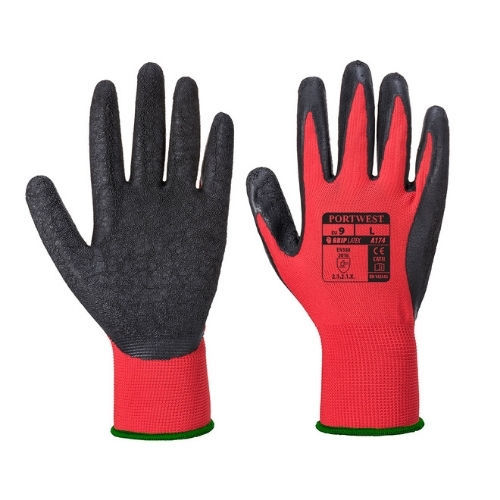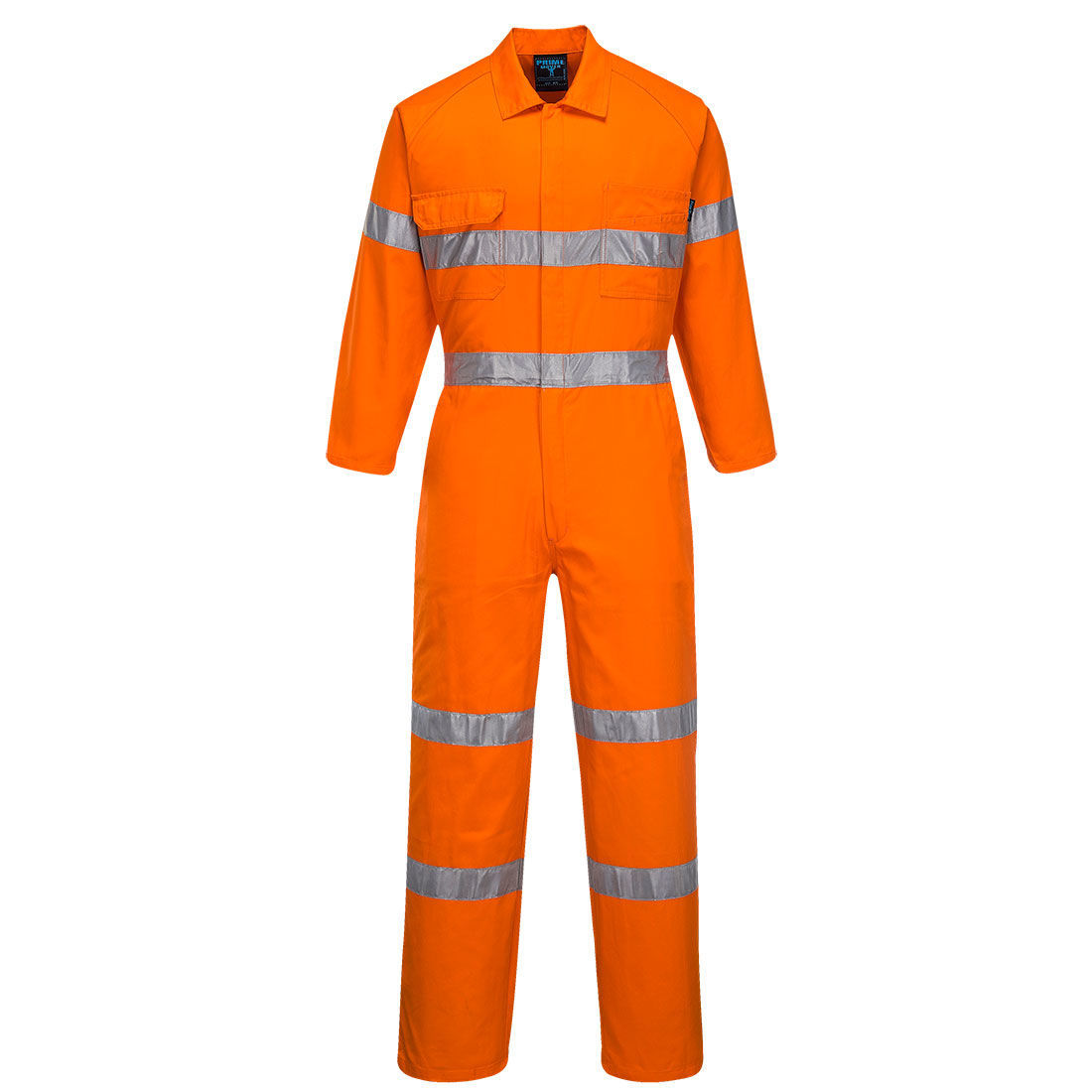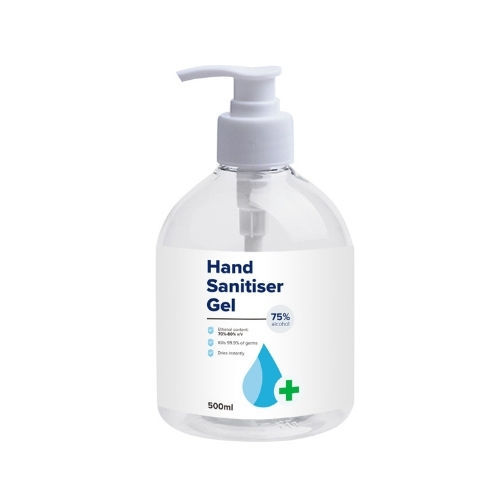_1000.jpeg)
When it comes to promoting your brand, choosing the right decoration method for your promotional products is crucial. Each method offers its own set of advantages and limitations, and understanding them can help you make informed decisions that best suit your branding needs. Let's explore some of the most common decoration methods and their key features:
Screen Printing:
- Screen printing involves forcing ink through a fine mesh screen onto the product's surface using a squeegee.
- This is a popular decoration method used to imprint designs onto flat objects such as t-shirts, tote bags, and posters.
- This method is perfect for achieving vibrant colors on light-colored or white products, making it suitable for a wide range of promotional items. However, it does have limitations, such as difficulty achieving accurate PMS matches on darker products and the inability to print variable data.
Laser Engraving:
- Laser engraving is a permanent branding process where artwork is etched into the surface of the product using a laser.
- It provides a high perceived value and durability, making it ideal for products where longevity and sophistication are key.
- While it's perfect for larger products with ample branding space, fine details may be lost on smaller items like pens.
Pad Printing:
- Pad printing utilizes a silicone pad to transfer an image from a printing plate onto the product's surface.
- Ideal for curved or uneven products, pad printing produces sharp, detailed images with the ability to print multiple colors in a single pass.
- While it offers versatility and affordability, it may not be suitable for reproducing halftones or variable data.
Digital Print:
- Digital printing employs CMYK values to produce full-color, complex images with gradients on various media such as paper, vinyl, and magnetic materials.
- It's perfect for edge-to-edge branding and variable data printing, making it suitable for personalized promotional items.
- However, metallic and neon/fluorescent colors are unavailable, and white print cannot be produced on certain stock colors.
Sublimation Print:
- Sublimation printing transfers sublimation ink onto specially coated or suitable fabrics, embedding the print into the product's surface.
- Ideal for vivid full-color images and edge-to-edge branding, sublimation printing offers a durable and vibrant finish.
- Limitations include the requirement for white surfaces and the inability to reproduce certain colors like metallic and neon/fluorescent.
Rotary Digital Printing:
- This method involves transferring UV ink and a varnish coating onto the product's surface using inkjet print heads.
- Perfect for large or complex full-color gloss prints, direct-to-product rotary digital printing offers vibrant and detailed branding options.
- However, it may have longer lead times and cannot reproduce metallic and neon/fluorescent colors.
Rotary Screen Printing:
- Rotary screen printing forces ink through a fine mesh screen onto cylindrical products, offering large print areas and sharp, detailed images.
- It's suitable for products like bottles and tubes, providing options for metallic colors and tight multi-color registration.
- Like traditional screen printing, each color requires its own setup charge.
Digital Labels:
- Digital adhesive labels are used to brand products that cannot be branded with any other method. They are printed with a digital printing press and applied to the product.
- This method is ideal for producing vivid full-color images as well as closely matched spot color branding and can be cut into custom shapes.
- However metallic, neon/fluorescent colors are not available, and White print cannot be produced on clear, silver, or gold stock.
_1000.jpeg)
By understanding the strengths and limitations of each decoration method, you can confidently choose the best option to showcase your brand effectively on promotional products. Whether you're aiming for durability, vibrancy, or versatility, there's a decoration method to suit your specific needs and budget.
